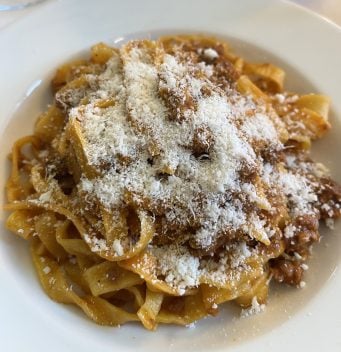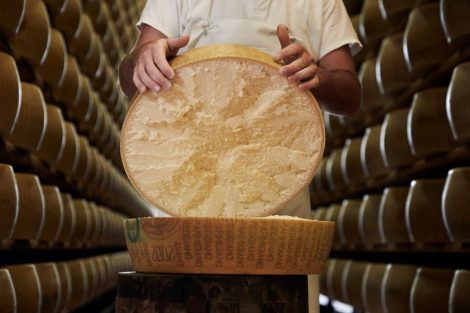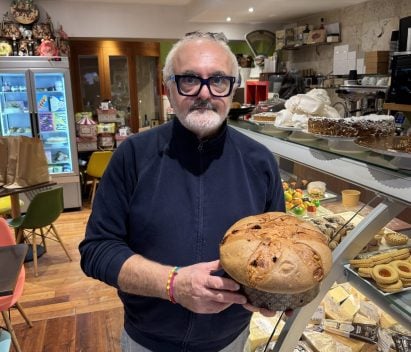Knowing the origins of things has always been a strong and common desire, and when information is uncertain or fragmented, people prefer to invent rather than surrender to the evidence. The oldest example in the culinary field dates back to the mid-16th century and is the work of Ortesio Lando, a wandering cleric who, after studying in Milan and Bologna, led an errant life across Europe. Learned in many fields and fluent in several languages, he authored numerous works, including a colourful treatise titled Commentario delle più notabili, et mostruose cose d’Italia (Commentary on the Most Notable and Monstrous Things of Italy), containing an appendix titled Catalogo delli inventori delle cose, che si mangiano, et delle bevande c’hoggidì s’usano (Catalogue of the Inventors of Things Eaten and the Drinks Consumed Today).
This appendix is a long list of real and fictional characters who are said to have invented various culinary specialities. We find Libista, a peasant woman from Cernuschio who supposedly invented ravioli, Meluzza of Como, who had the idea of seasoning macaroni and lasagna with garlic, cheese, and spices, and Claritia of Pistoia, who “was the inventor of eating beans with pepper, vinegar, salt, and oil, dry and not in broth.”
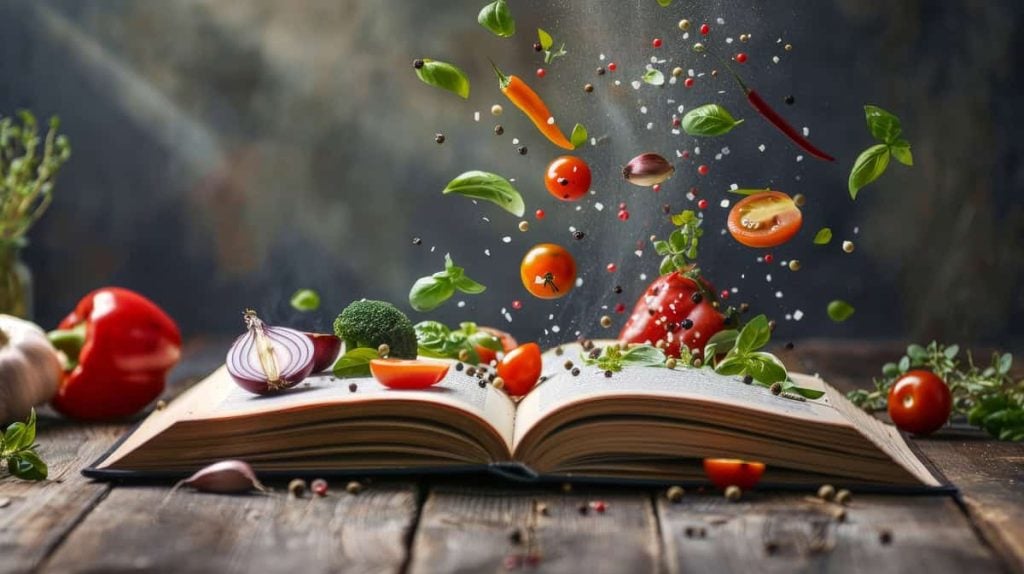
Myths and fake news, from 1500 to today
The pages also include names of people who supposedly ate certain foods for the first time. We learn that Nello Brentio was the first to eat crayfish, the Greek poet Alexander of Aetolia the first to eat goose, and Ebuso Pirolo of Montalcino “was the first to eat mushrooms, both fresh and in salads.” This nearly fifty-page list of individuals is supposed to inspire gratitude for their culinary discoveries. At the end of the text, the author hedges his claims: “I already hear some idle and licentious people murmuring, saying that this catalogue is largely fictitious.” Who knows how Ortesio Lando came to suspect that anyone might question his good faith...
In much more recent times, several legends have been crafted to explain the origins of our culinary specialities. Many of these stories feature clever commoners who stumble upon culinary discoveries and are celebrated to this day for their intuition.
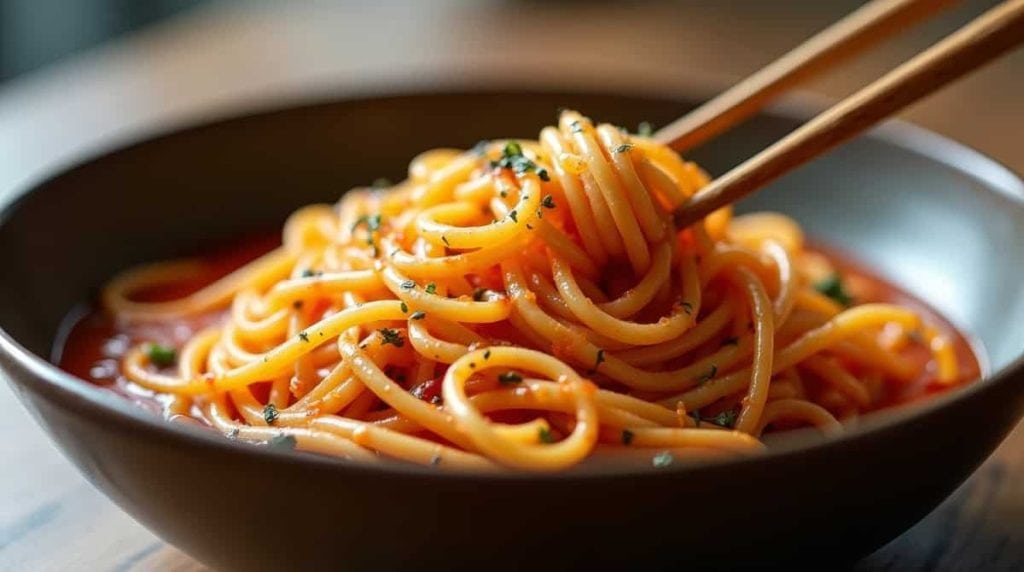
Marco Polo’s Spaghetti: between China and Gragnano
The most famous and persistent tale is the claim that Marco Polo brought pasta back from the East during his travels. There is, of course, no truth to this, as pasta was already being produced and exported from Sicily to the entire Mediterranean at least a century and a half before the famous Venetian traveller, as documented by the Arab geographer Muhammad al-Idrisi.
The legend originates from a short article published in 1929 in The New Macaroni Journal, the official organ of the U.S. National Pasta Association. Among advertisements for flour and pasta-making tools, the story of one of Marco Polo’s sailors, named (naturally) Spaghetti, is told. Stopping to replenish water along the Cathay coast, he allegedly saw a woman making long, thin pasta strands and cooking them in boiling water. Realising he had witnessed an extraordinary invention, he prepared it on the ship during the return journey to the West. Once they reached land, he established a spaghetti factory in Gragnano.
The (fake) father of Risotto alla Milanese
Another humble artisan is credited with inventing risotto alla Milanese. This story takes place in 1574 at the construction site of Milan Cathedral. The protagonist, an apprentice of Maestro Valerio of Flanders working on the cathedral’s stained-glass windows, is said to have coloured a risotto with saffron, a substance he often used to add golden hues to glass. This was allegedly done for his wedding feast, as he was in love with the master’s daughter. Unsurprisingly, the apprentice could not escape a predestined name: Saffron.
Of course, saffron had been used in cooking (including rice dishes) since the Middle Ages and certainly not in stained glass. This tale appears to have been first published in Otto Cima’s 1931 book Milano Vecchia and was later popularised by the Ente Nazionale Risi (National Rice Board) in its 1930s propaganda booklet Ricette e Notizie sul Riso.
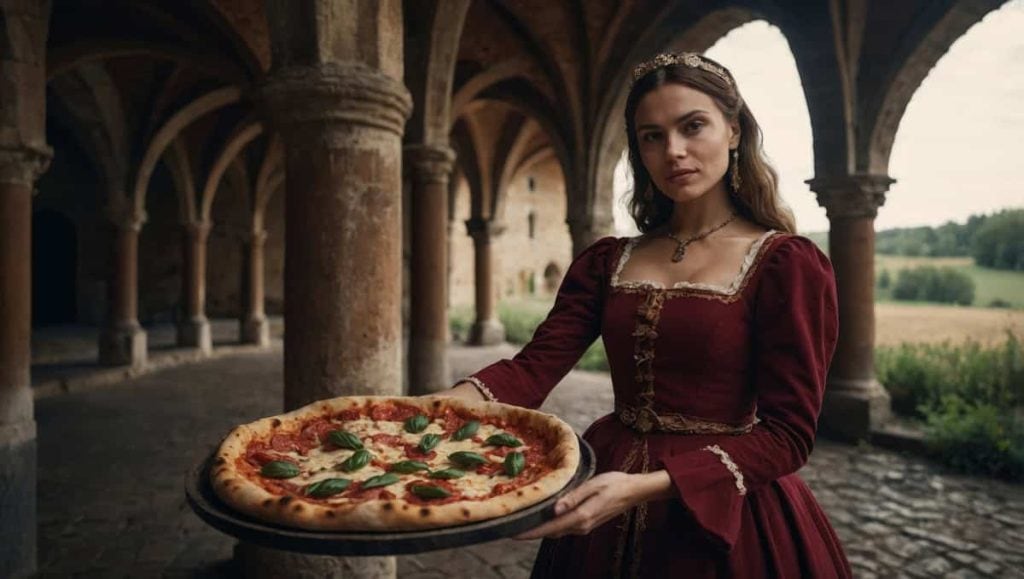
Pizza Margherita and the Queen
Kings and queens are popular protagonists in culinary legends, with countless dishes said to have been created in their honour or mistakenly served at their tables, leaving a lasting mark on culinary history.
The most famous is the story of Pizza Margherita, allegedly dedicated to Italy’s reigning queen in 1889 by Raffaele Esposito. The tale is simple: after being invited to the royal palace, the pizzaiolo made three pizzas, one of which featured tomato, mozzarella, and basil as a tribute to the colours of the Italian flag. The queen reportedly enjoyed the pizza, prompting Esposito to name it “Margherita.” This story is supported by a letter displayed at the modern-day Pizzeria Brandi, thanking Esposito for his service.
Some experts consider the letter a forgery. Furthermore, the name “Pizza Margherita” does not appear in any document until the 1930s, while the tomato-and-mozzarella topping is documented as early as 1860. Nevertheless, historical sources confirm that Queen Margherita did enjoy Esposito’s pizzas on several occasions.
Artichoke Pie and Catherine de’ Medici
Another queen, this time from Tuscany, is often credited as a revolutionary figure in the kitchen. Catherine de’ Medici, who became Queen of France in 1547, is said to have introduced numerous Italian recipes to French cuisine, from onion soup to duck à l’orange, omelettes, and macarons. In reality, the only known food-related fact about Catherine is that she nearly died from an artichoke pie-induced indigestion. There is no historical evidence of the Italian cooks who allegedly accompanied her to France.
Renaissance Italian Cuisine in France
It all originates from a French critique dating back to the early 18th century, targeting the licentious customs that were allegedly introduced into France by the Italian sovereign. This theory was later reiterated in the renowned Encyclopédie, where the sovereign was accused of having unleashed a "crowd of voluptuous Italians." Centuries later, we can undoubtedly say that Renaissance Italian cuisine played a fundamental role in shaping French cuisine, but it was neither the fault (nor the merit) of poor Catherine.
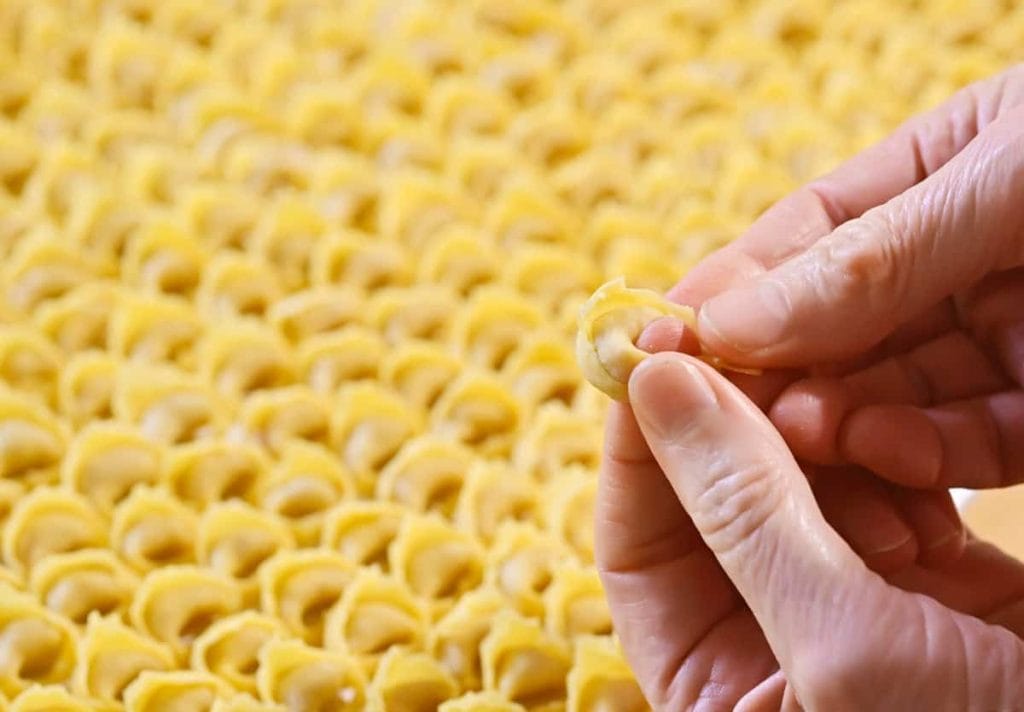
The mythical birth of Tortellini
Ascending the hierarchy from commoners and royals, we arrive at the gods. According to legend, tortellini was inspired by Venus’s navel, as seen by an innkeeper who recreated it with a piece of stuffed pasta. The story takes place at an inn in Castelfranco Emilia during the war between Modena and Bologna in Frederick II’s time.
This tale was fabricated by Bolognese engineer Giuseppe Ceri in 1908 for the “Mutino-Bononiense Festival,” celebrating the renewed friendship between Modena and Bologna. Castelfranco Emilia, a border town historically disputed by the two cities, was chosen as neutral ground. At the time, Castelfranco was known for little gastronomically, except for its sponge cake, as noted in the 1931 Guida Gastronomica d’Italia.
The pedagogical role of myths and legends
The list of legends is long, all marked by their fame and obscure origins. Linking culinary excellence to ancient—and ideally noble—roots seems essential for a dish to be taken seriously in an increasingly crowded gastronomic landscape. Legends play a crucial role in this narrative, not only in affirming antiquity but also in connecting dishes to specific regions.
The origin stories of dishes become tools for communities to tell their own tales, demonstrating the antiquity of their collective foundations. In this way, culinary traditions reinforce social cohesion and serve a pedagogical purpose by deepening communal bonds.
The battle between myth and historical truth
These myths could be commendable if not for their downside: some people take them as fact. Despite their implausibility, legends persist in memory, often replacing historical realities. This poses a real risk: such narratives may overshadow the true origins of recipes and gastronomic traditions, which are deeply rooted in popular culture, and may even fuel nationalist or isolationist views of culinary heritage.
Reality outshines ideology
Believing that traditional dishes are strictly tied to a specific territory, born without any external influence or exchange, is a profound distortion of reality. It is equally misleading to claim that the authenticity of traditional dishes lies in their supposed constancy over time. With rare exceptions, nearly all traditional recipes have undergone radical transformations to reach their present forms. Moreover, some beloved dishes like carbonara or tiramisu are just a few decades old.
Fairy tales are delightful, but it’s crucial not to confuse them with historical reality or use them as a blueprint for the future.

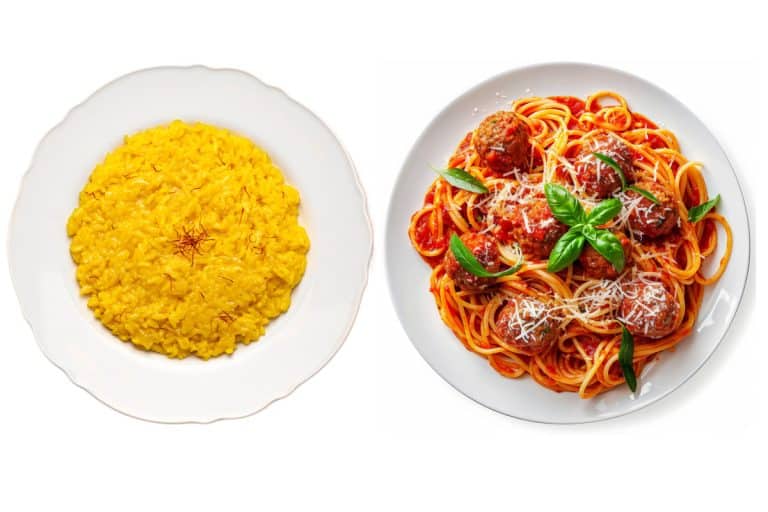
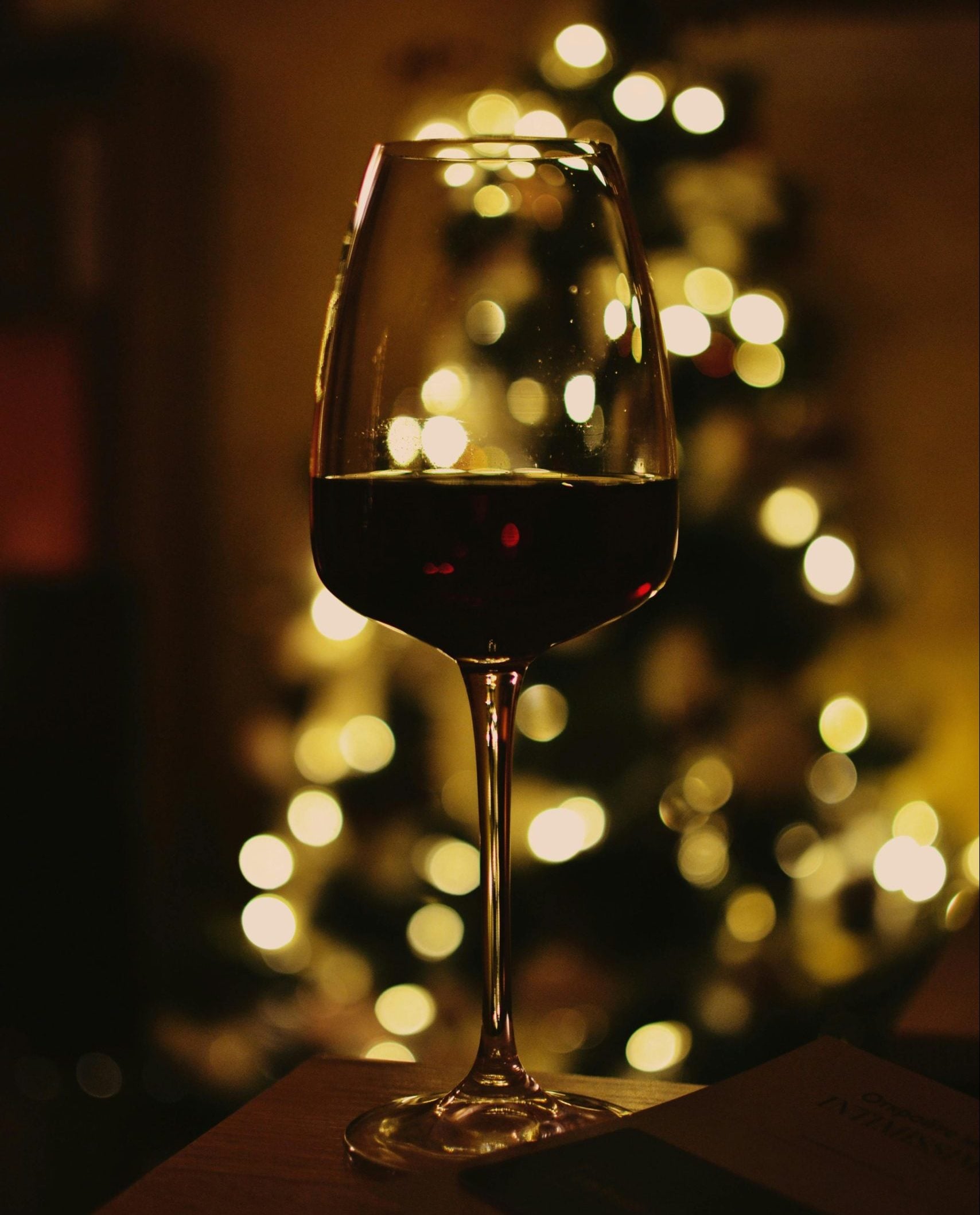 What do sommeliers drink at Christmas?
What do sommeliers drink at Christmas? The alpine hotel where you can enjoy outstanding mountain cuisine
The alpine hotel where you can enjoy outstanding mountain cuisine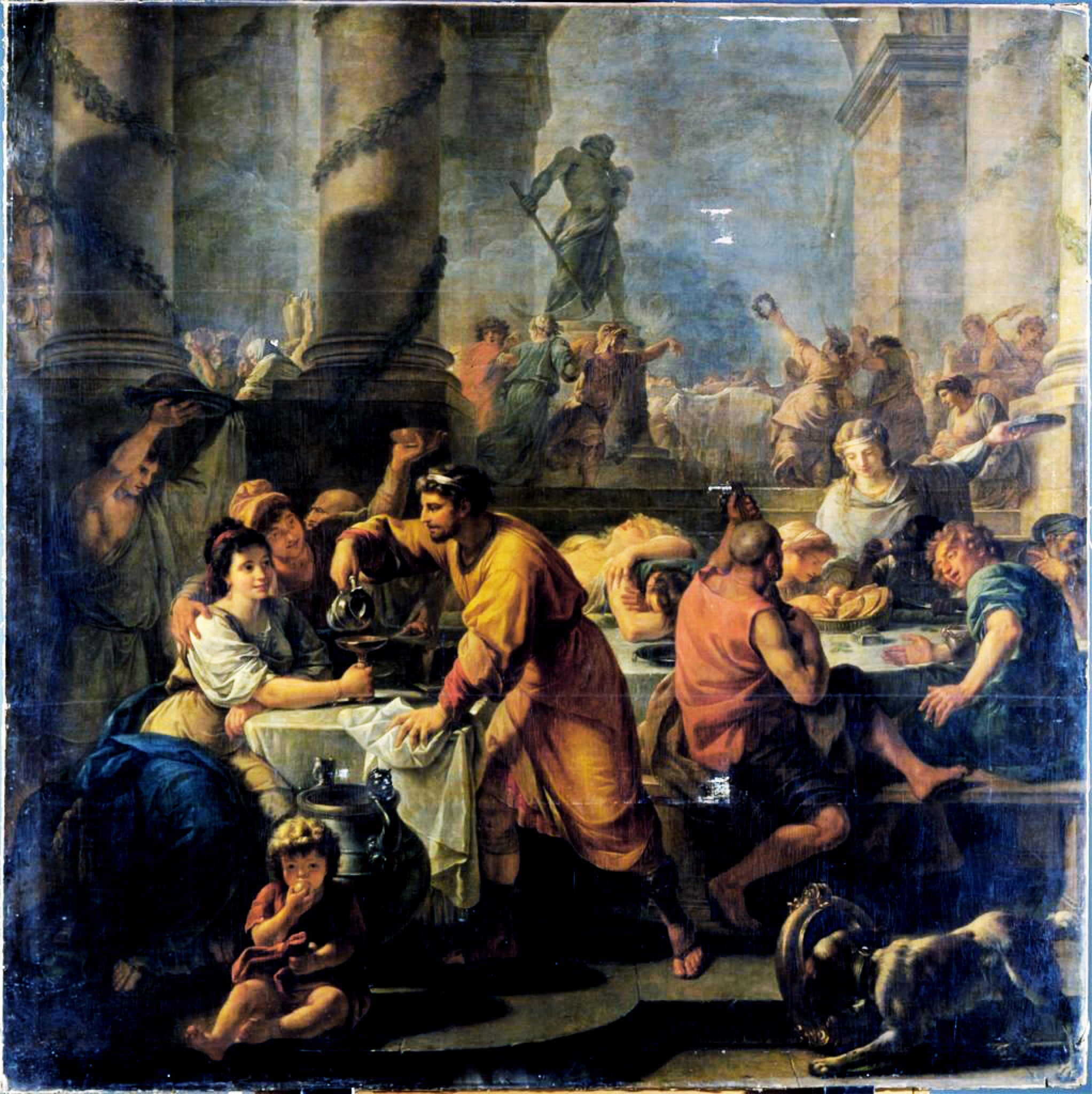 Io Saturnalia! How to celebrate the festive season like an Ancient Roman
Io Saturnalia! How to celebrate the festive season like an Ancient Roman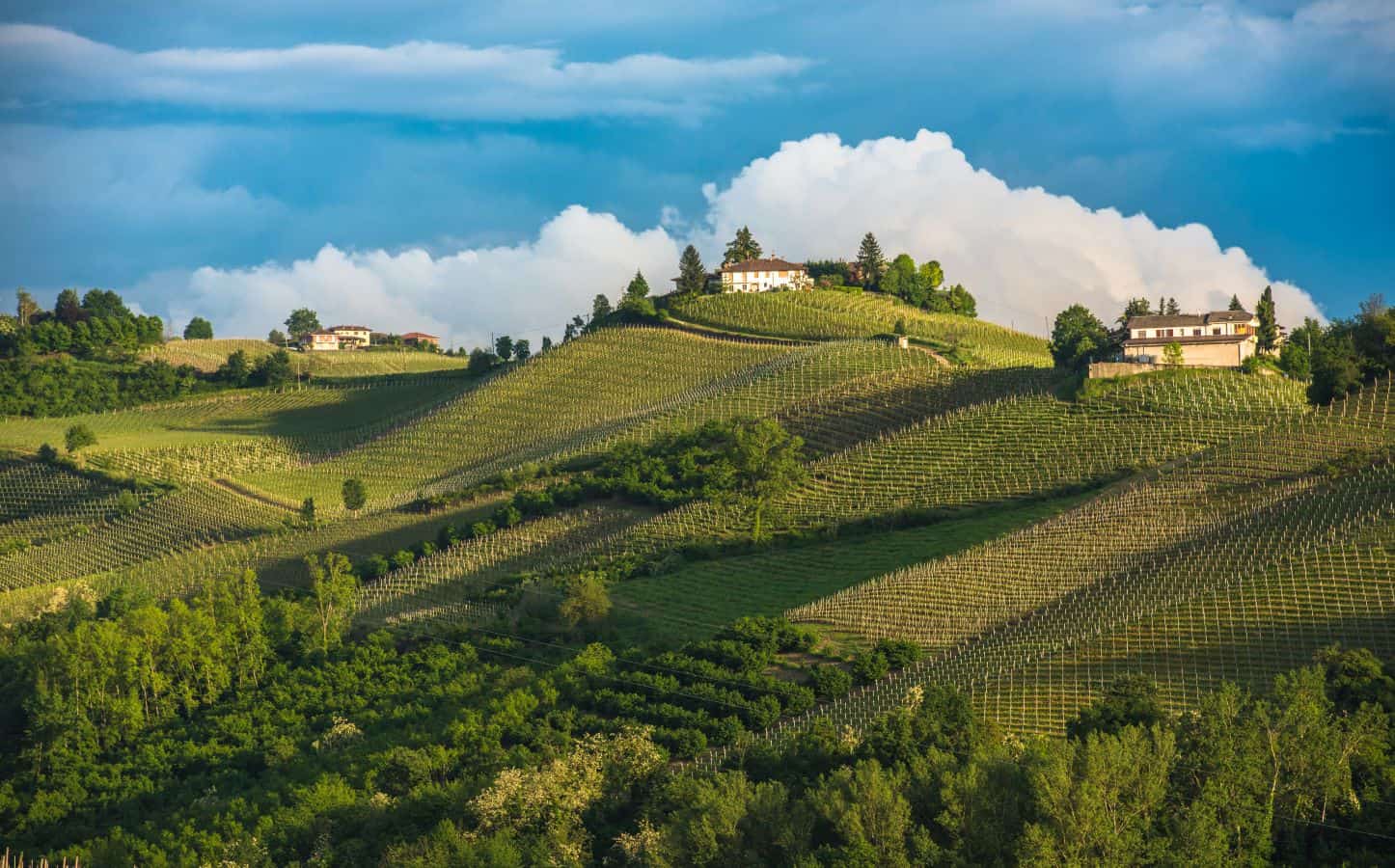 The UNESCO effect: tourism is growing, but there is a risk of losing identity
The UNESCO effect: tourism is growing, but there is a risk of losing identity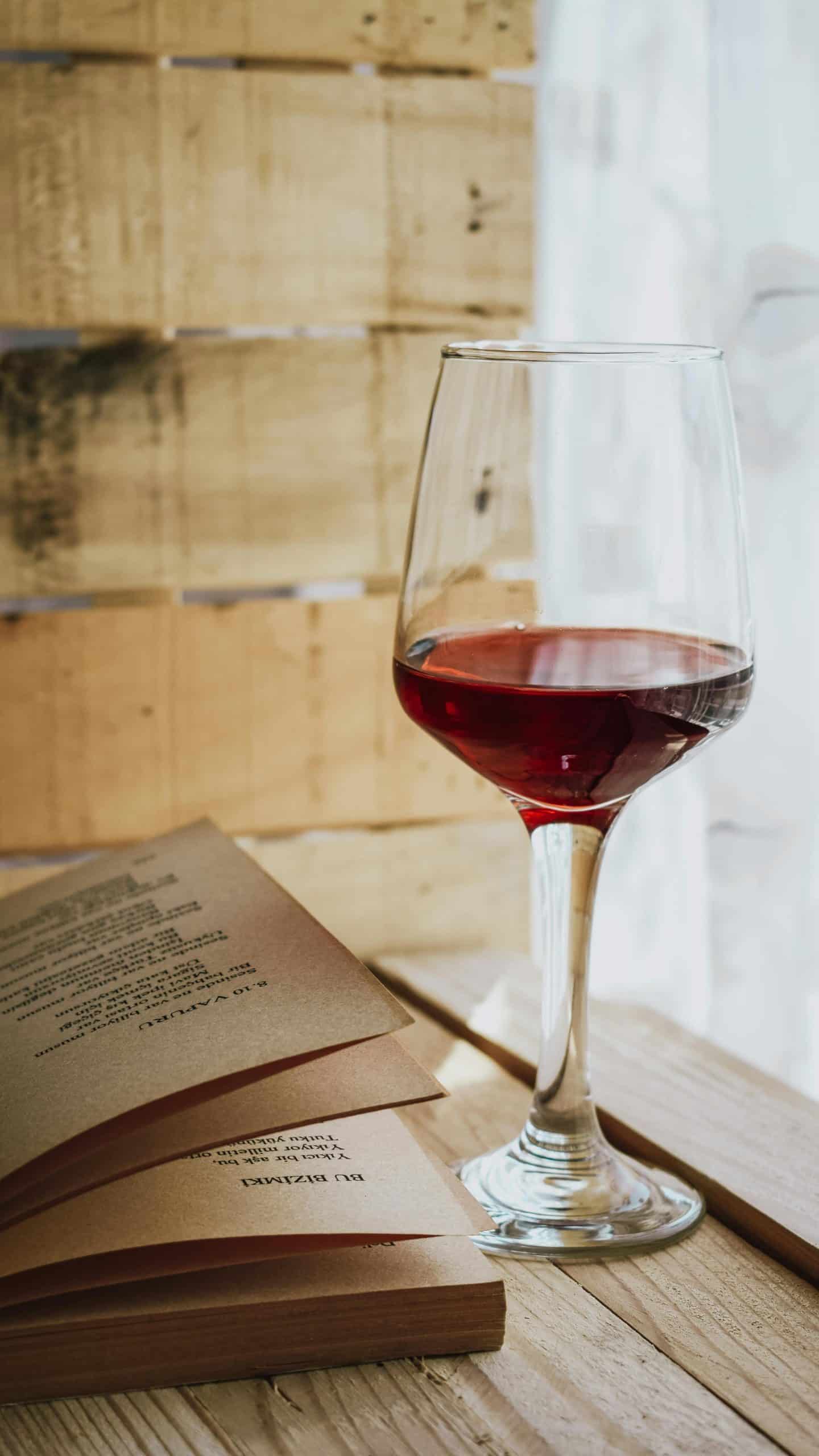 The perfect pairing? Wine and books
The perfect pairing? Wine and books

